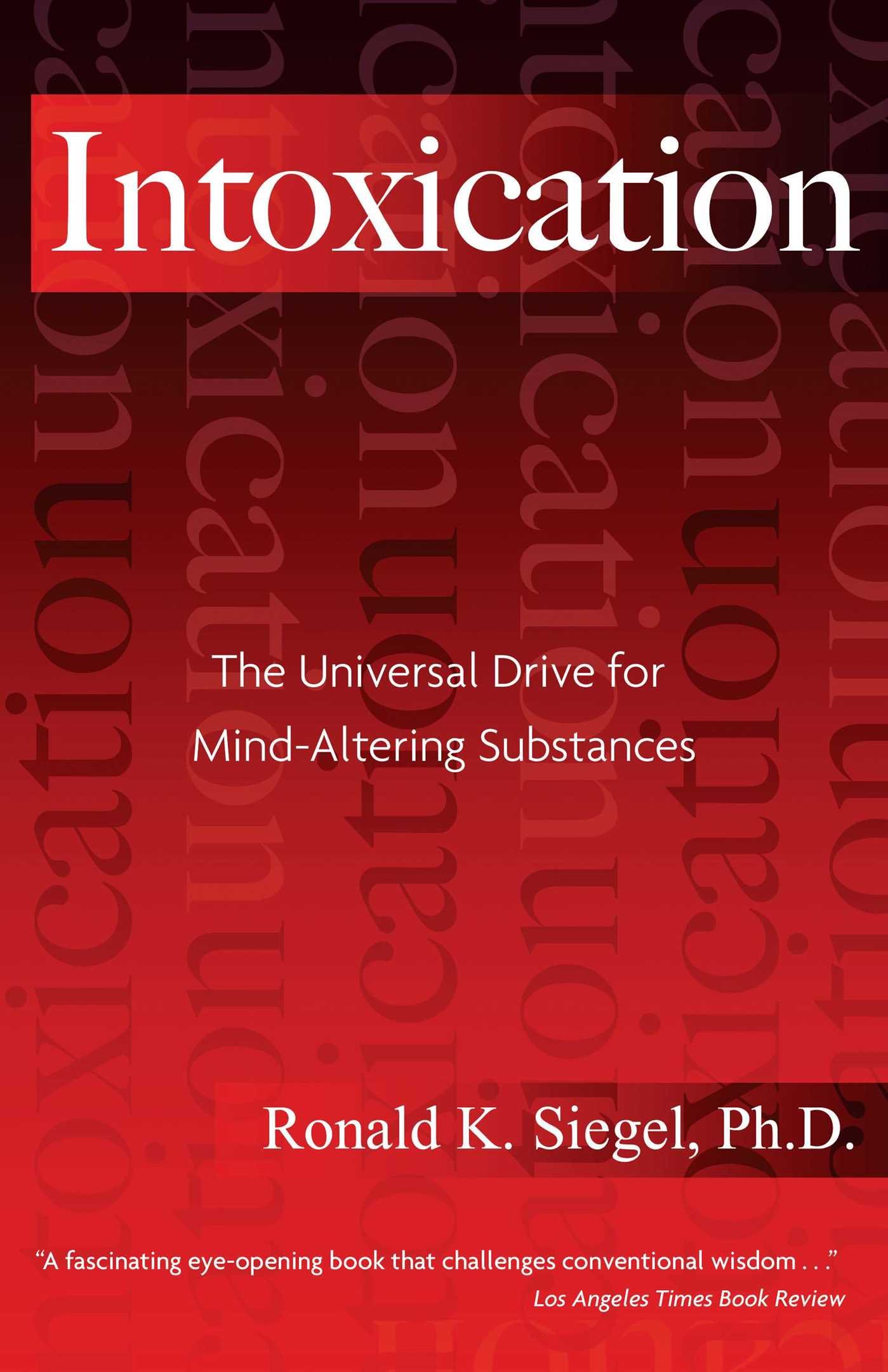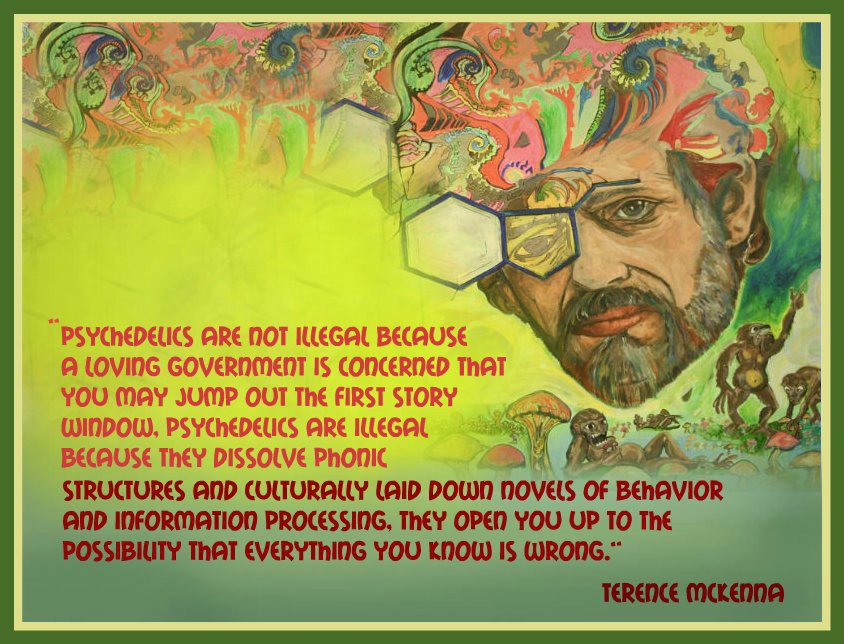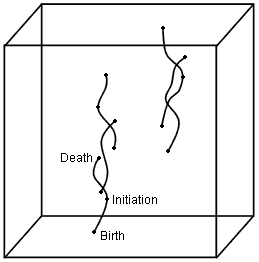realitysandwich | DMT (N, N-dimethyltryptamine) is an incredibly powerful, short-lasting tryptamine psychedelic found naturally in animals, fungi, and a wide variety of plants. DMT experiences are characterized by fantastic visions and breakthrough events, including most interestingly, contact with a range of entities. Among these DMT entities, “machine elves”, or “clockwork elves”, are some of the most well-recognized in the DMT realm, even cross-culturally. In this article, we will take a deep dive into machine elves, and also explore some of the other DMT entities that are commonly reported in DMT trips.
Overview of DMT Entities
Contact with entities is reported in the majority of DMT trip reports in the West, but also in a multitude of non-Western cultures. This ranges from the ancient shamanic traditions of Native Americans to indigenous Australian and African tribes.
In the West, the psychiatrist Rick Strassman was the first to conduct human research with DMT at the University of New Mexico throughout the early 1990s. In the five year study, nearly 400 doses of DMT were given to 60 volunteers. In his book DMT The Spirit Molecule, where he documents these experiences, Strassman writes,
“I was neither intellectually nor emotionally prepared for the frequency with which contact with beings occurred in our studies, nor the often utterly bizarre nature of these experiences.”
Indeed, of the thousand pages of notes taken throughout the course of Strassman’s research, 50% of them involve interactions with DMT entities. Similarly, Philip Mayer collected and analyzed 340 DMT trip reports in 2005. Mayer found that 66% of them (226) referenced independently-existing entities that interact in an intelligent and intentional manner.
According to Strassman, the research subjects described contact with “entities”, “beings”, “aliens”, “guides”, and “helpers”. Contact with “life-forms” such as clowns, reptiles, mantises, bees, spiders, cacti, and stick figures was commonplace among the volunteers as well. Interestingly, the DMT entities appear sentient and autonomous in their behavior, as if denizens of a free-standing, independent reality.
What are Machine Elves and Clockwork Elves?
Machine elves is a term coined by the ethnobotanist, philosopher, and writer Terence Mckenna to describe some of the entities that are encountered in a DMT trip. They’ve come to be known by many names, including “clockwork elves”, “DMT elves”, “fractal elves”, and “tykes” (a word for small child).
In his book Archaic Revival, Mckenna refers to them as “self-transforming machine elves.” In any case, they are inhabitants of the DMT dimension that often try to teach something to whoever is visiting. McKenna frequently resorts to a series of metaphors to describe his experiences with machine elves (and the DMT experience in general), underscoring the difficulty of reducing such ineffable experiences to the lower dimensionality of language.
As detailed in his book True Hallucinations, Mckenna traveled with his brother and some friends to La Chorrera in the Columbian Amazon in search of Oo-koo-he, a DMT-containing plant preparation used by the indigenous people to access the spirit realms. Mckenna found their descriptions of entity contact resembled his own experiences with the machine elves,
“What was eye-catching about the description of this visionary plant preparation was that the Witoto tribe of the Upper Amazon, who alone knew the secret of making it, used it to talk to “little men” and to gain knowledge from them.“
Machine elves are frequently portrayed in trip reports as benevolent, playful, prankish, and sometimes ornery. Generally, they’re reported to greet the visitors with a child-like curiosity and innocence, often continuously changing form and singing immensely complicated objects into existence. They commonly urge the DMT realm visitors to try to focus on what they are showing them, or even want the subject to imitate what they are doing.









